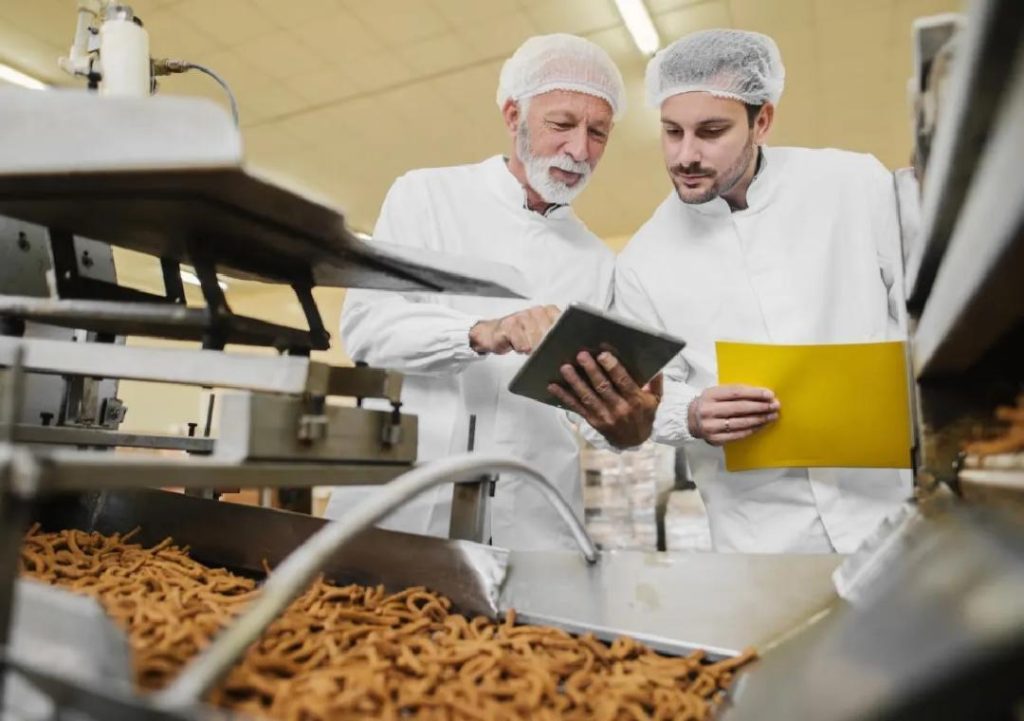
Can P&L Optimisation redefine success in food technology?
The food technology industry is known for its high levels of competition, rapid innovation, and unpredictable market trends. To stay ahead of the curve, food tech companies must adopt cutting-edge strategies to improve their profitability and sustainability. One such strategy gaining popularity is P&L (Profit and Loss) optimization. By streamlining their P&L operations using automation, smart inventory systems, and data analytics, food tech companies are cutting waste, sharpening demand forecasting, and making better decisions.
In this blog post, we’ll explore how P&L optimization can redefine success in the food technology industry and provide actionable insights for businesses looking to boost their margins, ensure sustainable growth, and stay competitive.
The Challenges of Food Technology
The food technology industry is characterized by high levels of complexity, uncertainty, and volatility. From sourcing raw materials to manufacturing, packaging, and distribution, every stage of the process poses unique challenges. These challenges can lead to inefficiencies, waste, and poor decision-making, ultimately impacting profitability.
Some of the key challenges faced by food tech companies include:
- Uncertainty in demand forecasting: Fluctuating consumer demand and changing market trends make it difficult for food tech companies to accurately forecast demand.
- Inefficient supply chain management: Complex supply chains, long lead times, and unreliable suppliers can lead to stockouts, overstocking, and costly inventory write-offs.
- High waste levels: Food waste is a significant issue in the industry, with estimates suggesting that one-third of all food produced is lost or wasted.
- Limited visibility: Poor visibility into production, inventory, and logistics can lead to delays, shortages, and quality issues.
P&L Optimization: The Solution
P&L optimization is a strategic approach to managing a company’s financial performance. By streamlining P&L operations, food tech companies can reduce waste, improve forecasting, and make better decisions. The key components of P&L optimization include:
- Automation: Implementing automated systems for tasks such as inventory management, production planning, and logistics can help reduce manual errors, increase efficiency, and improve decision-making.
- Smart inventory systems: Implementing smart inventory systems that use data analytics and machine learning algorithms can help optimize inventory levels, reduce waste, and improve supply chain efficiency.
- Data analytics: Using data analytics to analyze sales data, production data, and inventory levels can help food tech companies identify trends, patterns, and anomalies, enabling them to make data-driven decisions.
Benefits of P&L Optimization
By adopting P&L optimization strategies, food tech companies can enjoy a range of benefits, including:
- Reduced waste: By optimizing inventory levels and reducing overstocking, food tech companies can significantly reduce waste and save costs.
- Improved forecasting: By using data analytics and machine learning algorithms to analyze sales data and production data, food tech companies can improve their demand forecasting accuracy and reduce stockouts.
- Increased efficiency: By automating tasks and streamlining processes, food tech companies can reduce manual errors, increase efficiency, and improve decision-making.
- Better decision-making: By providing real-time insights into production, inventory, and logistics, P&L optimization enables food tech companies to make data-driven decisions, reducing the risk of delays, shortages, and quality issues.
- Competitive advantage: By adopting scalable models and optimizing their P&L operations, food tech companies can gain a competitive advantage in the market, improving their profitability and sustainability.
Real-Life Examples of P&L Optimization in Food Tech
Several food tech companies have successfully implemented P&L optimization strategies, achieving significant improvements in profitability and sustainability. Here are a few examples:
- FoodCloud, a food tech company that connects surplus food with charities and community groups, used data analytics to optimize their inventory management and reduce waste by 20%.
- Meal kit delivery service, Blue Apron, used automation and data analytics to optimize their supply chain and reduce inventory levels by 15%.
- Food packaging company, EcoPac, implemented smart inventory systems to reduce waste and improve supply chain efficiency, resulting in a 10% reduction in costs.
Conclusion
P&L optimization is a powerful strategy for food tech companies looking to improve their profitability and sustainability. By streamlining P&L operations using automation, smart inventory systems, and data analytics, food tech companies can reduce waste, improve forecasting, and make better decisions. As the food technology industry continues to evolve and face new challenges, P&L optimization will play an increasingly important role in helping companies stay competitive and achieve success.
Sources:
https://www.growthjockey.com/blogs/p-and-l-operations-in-food-tech






